April marks the end of the ‘meteor shower draught’ with the Lyrids. Despite the month’s popularity for this famous meteor shower, there are a few more exciting astronomical events in April 2021. Let’s see what April has planned for us in its schedule.
Astronomical events in April 2021
6th of April: Moon and Saturn
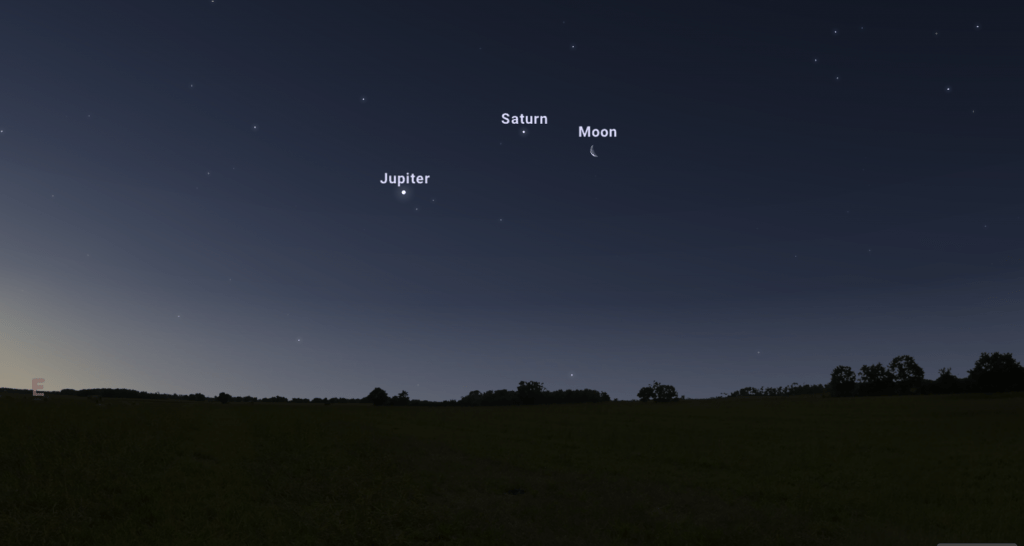
On April 6, the Moon will pass 3°57′ to the south of Saturn. Both celestial bodies will be located in the constellation of Capricorn. In the morning twilight, you can see the 24-day-old Moon close to Saturn. They’ll be too far apart to fit in a telescopic view, though.
7th of April: Moon and Jupiter
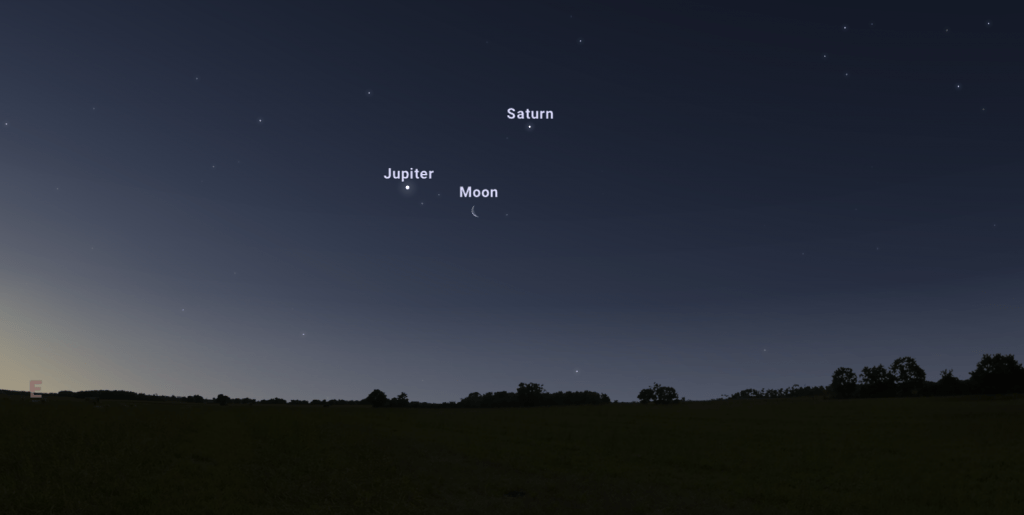
Following the close encounter with Saturn, the Moon will pass 4°23′ south of Jupiter in the constellation Capricornus. On April 6-7, do not confuse Jupiter with Saturn. Jupiter is the brighter of the two planets.
12th of April: New Moon
For a few days, the Moon will pass close to the Sun and remain hidden in its glare for a couple of days. It’s an opportunity to see faint galaxies, nebulae, and star clusters up close.
17th of April: Lunar occultation of Mars
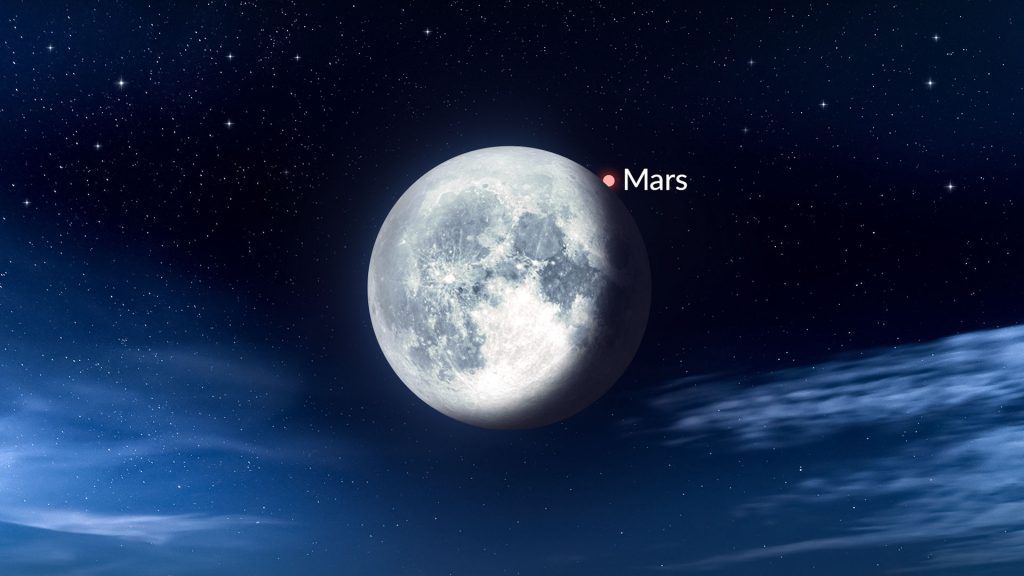
On April 17, the Moon will ‘eclipse’ the Red Planet, as seen from some parts of the globe. An occultation is an astronomical event in which one object is hidden by another passing between it and the observer. In other words, an occultation occurs when an object in the foreground obscures the view of an object in the background.
Occultations of the moon are only visible from a small fraction of the Earth’s surface. Due to its large parallax, the Moon’s exact position in the sky varies depending on your exact location on Earth because it is much closer to the Earth than other celestial objects. The Moon’s position as seen from two points on opposite sides of the Earth can vary by up to two degrees, or four times the full moon’s diameter.
The map below from in-the-sky shows the places where the occultation can be seen from Earth.
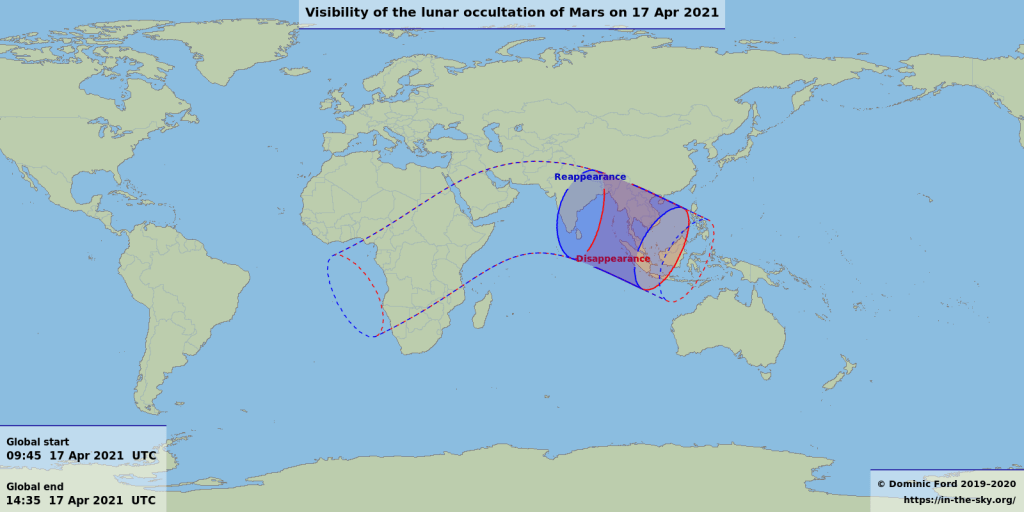
This means that if the Moon is aligned to pass in front of a particular object for an observer on one side of the Earth, it will appear up to two degrees away from that object on the other side of the Earth. For the rest of the world, the Moon will appear to pass very close to the Red Planet in the constellation of Taurus.
22nd of April: Lyrid meteor shower
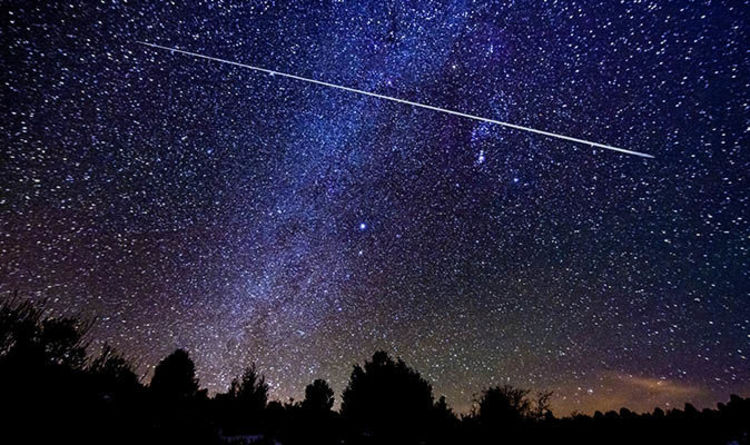
Every year, the lyrids are what make April so special. It’s the first major meteor shower since the early January Quadrantids.
When the Earth passes through a stream of debris left behind by comets and asteroids, annual meteor showers occur. The grit-like debris in these streams gradually disperses along the length of the parent object’s orbit around the solar system over time. When one of these pieces of debris collides with the Earth’s atmosphere, it creates shooting stars, which burn up at an altitude of around 70 to 100 kilometers.
This shower can be traced back to comet Thatcher. This year, the Lyrids do offer the opportunity to see around 18 meteors per hour. The Moon, in Leo, will be only 4 days away from the full phase at the shower’s peak, presenting significant interference throughout the night.
Each meteor shower has its own radiant, which is a pivotal point in the sky. All the meteors appear to originate from the radiant. The best show of the meteor showers occurs when the radiant is well up in the night sky. The radiant of this shower lies in the constellation of Lyra (hence the name). You don’t have to stare at the radiant point. Look 30 to 40 degrees away from it to see the shooting stars.
Things To Keep In Mind
Before you step out to enjoy the cosmic fireworks, remember the following 5 tips for meteor-watchers:
- The most important thing, if you’re serious about watching meteors, is a dark, open sky
- When you’re meteor-watching, it’s good to bring along a buddy. Then two of you can watch in different directions. When someone sees one, call out “meteor!” This technique will let you see more meteors than one person watching alone will see.
- Be sure to give yourself at least an hour of observing time. It takes about 20 minutes for your eyes to adapt to the dark.
- Good things always come to those who wait. So be patient while watching the shower. It takes time to spot them!
- Be aware that meteors often come in spurts, interspersed with lulls.
Lastly, remember the words of a wise man: “Meteor showers are like fishing. You go. You enjoy the night air and maybe the company of friends. Sometimes you catch something.”
26th of April: Super Pink Moon
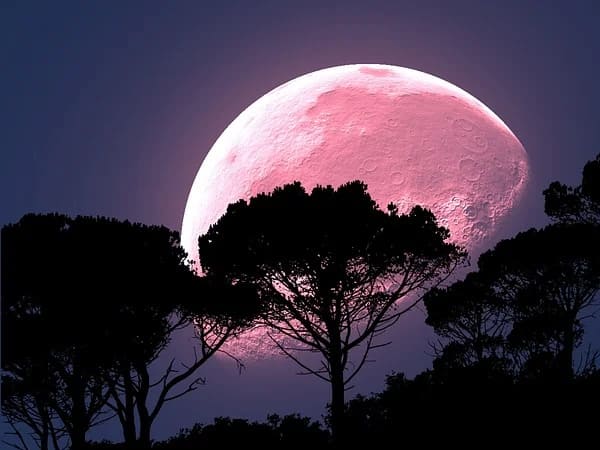
On April 26, the full Moon for April rises at 11:31 p.m Eastern Time, 10:31 p.m. Central Time, 9:31 p.m. Mountain Time and 8:31 p.m. Pacific Time. This event is known as a Super Moon. Since the April Full Moon is also referred to as the Pink Moon, the Moon that will rise in the evening of April 26 will be the Super Pink Moon. A Super Moon appears about 14% larger and 30% brighter than a normal Full Moon. The next two Full Moons (May 26, and June 24) will be Super Moons too.





If you post a picture of a star composition it would be nice if you said which direction to look i.e. N, S, E or W….